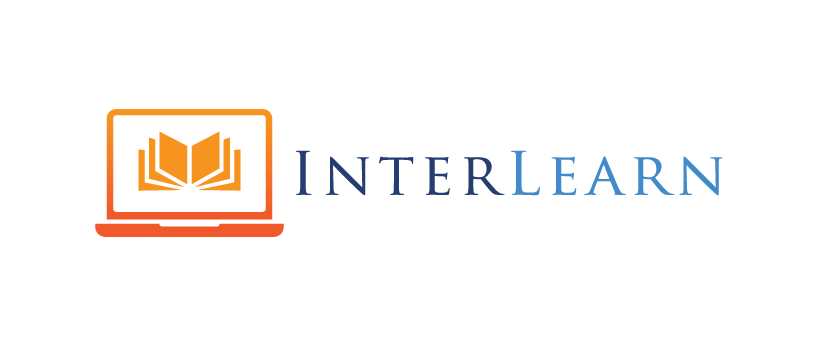What good prescriptive curriculum boils down to is the philosophy of creating an architectural framework of learning that ensures faculty have the opportunity to personalize and that the learners can benefit.
The unfortunate interpretation of this sometimes results in death by details. Janet Steffenhagen in British Columbia provided such a perfect example of how overly prescriptive outcomes stifles the learning process. While this is a Canadian example, it is no less an American phenomenon. Essentially the complete detail that is required of teachers to deliver only promises education “from the neck up,” restricting capacity for the essential softer skills of critical thinking, problem-solving, and logical decision making.
The natural pendulum swing is academia’s tendency to give the academic kingdom to professors. In the K-12 environment, teachers want autonomy because they already know the value of personalization. In the collegiate environment, professors already have the autonomy; however, there are some significant challenges with autonomously created curriculum:
- Cohesion for the program is much more limited because each professor is doing their own thing.
- Scaffolded learning is not ensured, again because each professor is doing their own thing.
- Meta level learning outcomes for the program are less likely to be threaded in the individual courses effectively.
- Any substitute instructor is at a disadvantage teaching a sub-set of information without the context of prepared curriculum.
- The learning effectiveness is 100% reliant on the professor being a good instructor and understanding basic instructional design beyond being an expert in the subject matter.
To the last point, we can also add that if a college is managing a scaling adult learning program, there is increased need for adjunct faculty to manage this systemic approach. Further, adjunct faculty little capacity to deliver excellent curriculum autonomously.
Bottom line?
Prescribed learning outcomes or autonomous teaching … both have extremes that cause many problems. It is a balance that is importance. We need to provide prescribed curriculum for the following elements.
- Course description, course outcomes, course competencies, and purchased resources.
- Weekly outcomes mapped to the course goals.
- The kind of learning that should be experienced for each outcome (research, collaborative, introspective).
- The explanation of what be achieved in assessment.
However, once those elements are established, we need to ensure that we retain quality faculty to provide the personalization necessary through the lens of these elements.
- Additional visual, interactive, and aural sources based on the needs of the learners.
- Selection of how facilitation should take place through whatever methods the facilitator finds effective.
- Selection of how an outcome should be assessed within the scope of the previously identified collaboration, research or introspection.
The prescription piece of the learning ensures a program of learning that is sustainable. The autonomous piece of the learning is giving the instructor the capacity to be creative and effective based on the personalized needs of the learner.
Written by Dr. Willeke

Comments are closed